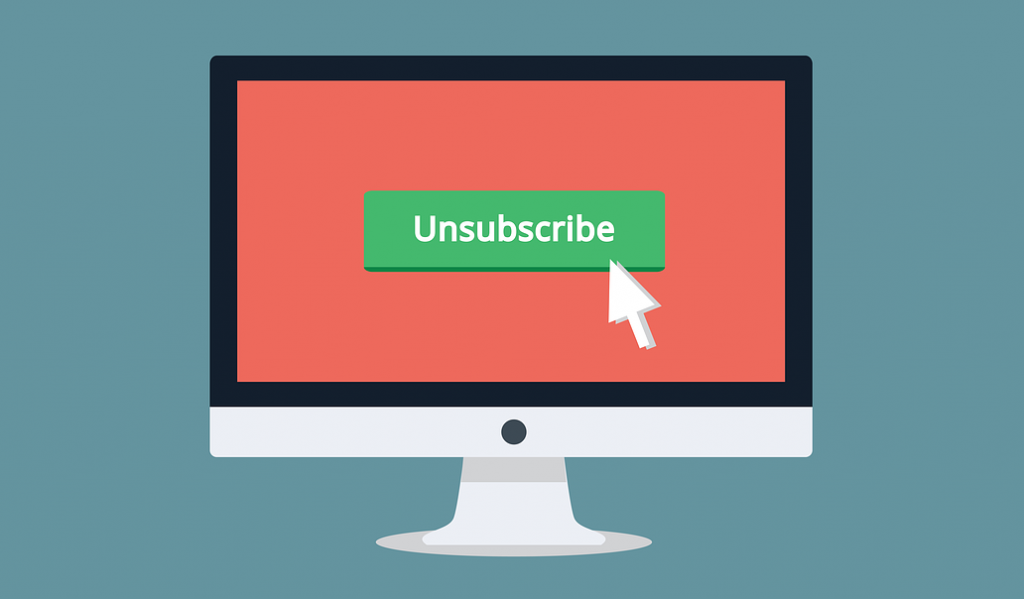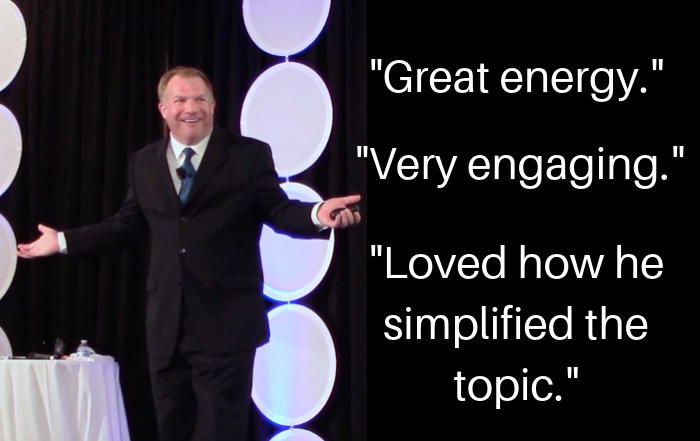 When employees don’t do exactly what you want, there’s a good chance they’ve hit unsubscribe on your message. It’s a problem because your success is tied to their performance.
When employees don’t do exactly what you want, there’s a good chance they’ve hit unsubscribe on your message. It’s a problem because your success is tied to their performance.
We’ve all had email subscriptions that start out well but later become undesirable. Much like the Kübler-Ross model of the five stages of grief, there’s a process people go through when deciding to end an online relationship:
- The newsletter is read and appreciated;
- The content is scanned;
- The content is deleted without being read;
- You unsubscribe from the newsletter, feeling it no longer offers you any value.
With your employees, a similar thing can happen. Your well intentioned messaging could backfire. Here are some tips to help you reengage with employees through your communication:
Repetition Becomes Tiresome
Perhaps you’ve had that email subscription where every message is the same. It says, “Our products are great!” While this is good to hear, hearing it over and over does not increase appreciation.
In your workplace, imagine there’s a policy that employees need to follow. Does telling people over and over again to follow it, lead to greater compliance? Or do people start to tune out the message, unsubscribing from your wishes?
Both the email marketer and the leaders need to make sure their messaging includes the reason why it’s important or the because.
The marketer should share testimonials that illustrate the greatness of their products. The leader can share similar success stories by saying, “Because of your support of ‘X,’ we’ve been able to achieve this or avoid a problem.”
Repeatedly telling people to do things, in the same way, will quickly lose effectiveness.
Are You Walking the Talk?
Employees will hit unsubscribe on your message if they feel like you’re not following it. Your actions need to match up with your words.
For instance, if you tell people not to walk on the grass and then they see you taking a shortcut across the lawn, then you’ve weakened your policy.
You can come up with lots of good excuses for not following your own rules. But none will truly motivate people to change their behaviors.
Not Stating the Need to Change
Change can come with a certain amount of pain. For employees who have gotten used to working from home, going back to the office may mean a return to frustrating commutes.
Yet, you know overall performance will be better with people under the same roof. You need to communicate these reasons to make them buy-in to the change.
Otherwise, repeating a change that is perceived as unpopular or painful will distract people from your mission.
People will accept a little bit of pain, if they feel it will pay off in some way. For example, people will wait for hours in long lines, if they feel it’s worth waiting to get to the front.
You’ve Dulled Your Audience
Email marketers like to promote things as being the best or the greatest ever. But if every sale is described as being, once in a lifetime, then does that messaging become repetitive and repulsive? You may feel like it’s just about selling and not your needs as a consumer.
On the job, there may be days when a big change is extremely important. But every day can’t be like that. Otherwise, employees will start to tune out your messaging.
Pick your spots for when you need to ramp up the urgency in your communication. Every day can’t be doomsday.






